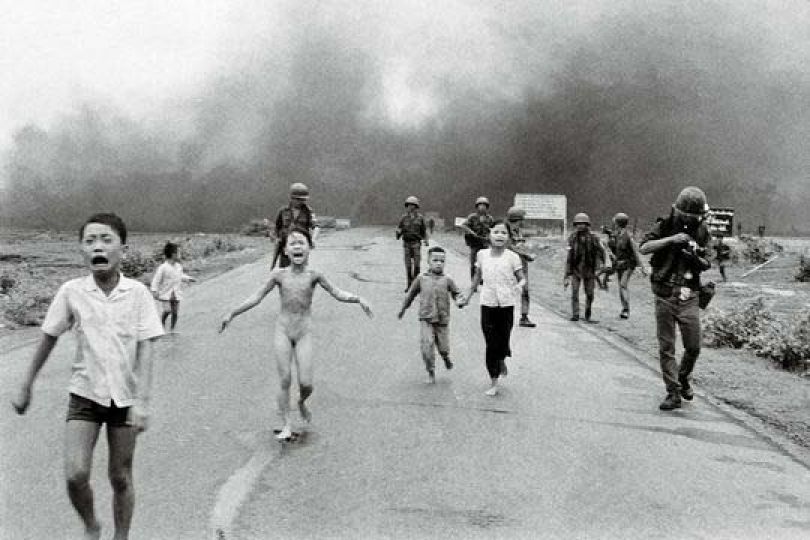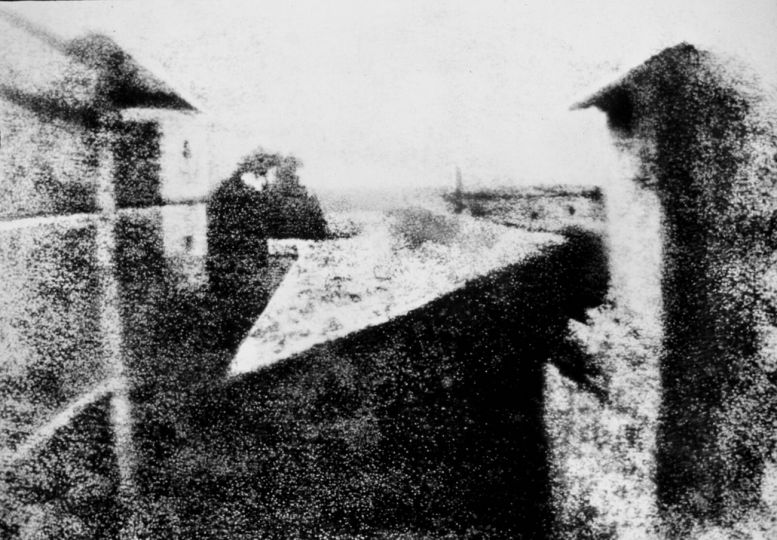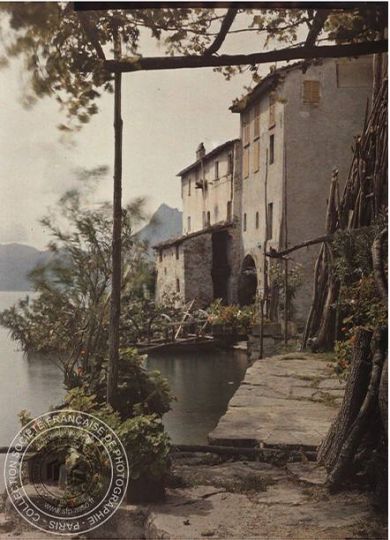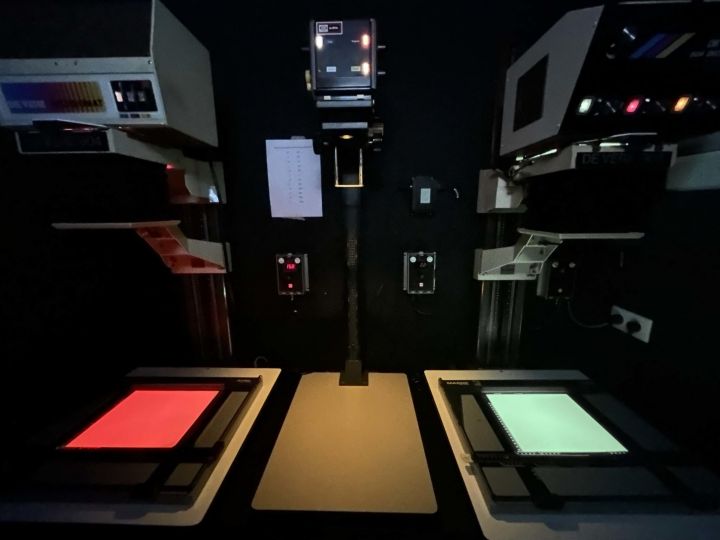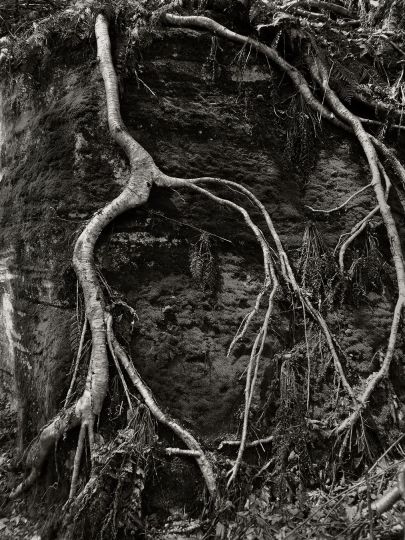This image embodies the horror of the Vietnam War. In the center of the photograph, a little girl, Kim Phuc, stands terribly burned by napalm in the center of a road. She could have stayed a victim forever. But photography changed her destiny, placing a handful of guardian angels on her path. Forty years after this historic picture was taken, she met once again with those angels.
What makes a photo powerful?
Its grace? Its magnetism? Its power to stop viewers in their tracks? How is it that, in the overwhelming flood of images we face, one stands out to imprint itself on our collective imagination? And why is it that after bursting into our lives this little girl continues to haunt us? She’s become almost familiar. We have made her our own. We want to hear her voice, find out what happened next in her story. She disturbed us, fascinated us, changed us. She can’t simply disappear like that! Is her life not inextricably linked to our own? Since her childhood, Phan Thi Kim Phuc has pondered these questions.
In a Toronto hotel where she is preparing to welcome old friends, this woman, now Canadian, has a big smile on her face. It’s a unique smile, kindly and radiant, that puts everyone at ease, making them feel less bad about traveling across the world to pester her with questions. She knows all about their rabid curiosity. For forty years she has lived as one of last century’s emblematic images. Forty years she has embodied it, commented on it, prolonged it. For forty years she has been “the girl in the photo” forced to revisit again and again the most painful moment of her existence. She was only nine years old, and the napalm burns were so bad that she nearly lost her life. But today she carries the burden with grace.
“For a long time I wanted to escape that little girl lost the chaos of the Vietnam war,” she says. “But the photo has always brought me back. Everywhere I go people say, ‘Is that you? How horrible!’ I felt like I had been a victim twice over. Then I decided that what appeared to be a curse was also a blessing. It was up to me to give this photo meaning.” Did the photo illustrate the horrors of war? “I will become an ambassador of peace.” Was it barbaric? “I will speak of love and embody forgiveness.” Does it shows death? “I’ll show life! I was barely spared, but life is triumphant. Tragedy has never annihilated hope. Guardian angels have always appeared on my path. And that’s the miracle!” For the 40th anniversary of the photograph taken in the village of Trang Bang, South Vietnam, on June 8, 1972, she wanted to offer an ode to life. No more being a victim. Now she’s the one taking things in hand.
Since her daring escape from the country while returning from a honeymoon in Moscow in 1994—she was kept under close surveillance—Kim Phuc has felt invincible. The deafening cry of the little girl whose clothes were burned off by napalm has transformed into the calm voice of a happy mother. She is proud to have dared to change country, culture and language; relieved to no longer feel anger, bitterness or hatred; convinced that at any moment love and courage can change the course of one’s life. With a joyful voice that no longer fears microphones or large auditoriums, she volunteers for UNESCO and leads a foundation that helping child victims of the war, touring the world meeting queens heads of state and Nobel Prize activists. Now she is taking the time to celebrate her own heroes. These handful of beautiful souls gathered in Toronto, whom she has never officially thanked, are strangely tied to the famous photo. They prove, she insists, that anyone, at a critical moment, can make a difference in the life of another person.
Who are these heroes? Without hesitation, she names the photographer who took the picture, Nick Ut, born in the Mekong Delta. He was only 21 at the time. The Associated Press hired him following the death of his older brother, who also worked for the agency. On June 8, 1972, along Highway 1 in Trang Bang, less than hour from Saigon, Nick Ut watched in horror and amazement as a heinous error was committed: two South Vietnamese airplanes, believing they were targeting a Viet-Cong hideout, bombed a pagoda sheltering civilian families and its own soldiers. He saw four napalm bombs twirling downward. They set ablaze the fields on both sides of the road. The trees dripped red and saffron flames. Moments later, he saw human figures emerge from the black smoke, as if from hell. They were running in an oppressive silence before calling out to the soldiers and journalists on the road. First there was Kim Phuc’s grandmother, holding a burnt child in her arms. Then a young boy in a white shirt and black shorts came out yelling, “Help my sister!” She came next. Naked, arms outstretched, infinitely vulnerable, she cried out, “Nong qua, nong qua!” Too hot. Her ponytail had burned off. Pink and black strips of flesh fell from her body. By trying to put out the flames running along her left arm, she had charred the palm of her right hand.
It was a horrible scene. It demonstrated like nothing else the injustice, the suffering, the madness of war. Nick Ut, trembling, took the picture as everyone else busy rewinding their Leica cameras. Then he approached the children. A journalist from the British channel ITN, Christopher Wain, poured water over the girl and gave her something to drink. Nick Ut ran to get something to cover her, then agreed—before going to develop his precious film—to take the girl to the Cu Chi hospital on the road to Saigon. At every bump in the road, Kim Phuc screamed in pain. Then she lost consciousness. The photographer entrusted her to the nurses and doctors. “Uncle Ut,” she says today, “You saved my life.” Now he lives in Los Angeles, but they talk every week. A few days later, the photograph appeared on the front pages of newspapers across the world, sparking outrage and anger among the war’s opponents, and shaming its supporters. White House recordings would later reveal Richard Nixon’s near obsession with the photograph. He suspected it was doctored. Nick Ut received a number of international awards, including the Pulitzer Prize.
A second “hero” played a crucial role in Kim Phuc’s rescue: Christopher Wain, the ITN journalist. His report on the little girl aired on television shortly after the publication of the photograph, and the world, stunned, was able to see the scene in motion. He wanted to check up on the child and make sure that she was being cared for. While her parents searched hospitals in vain, fearing she was dead, Wain was able to locate her, with the help of the British embassy, in a stifling wing of the First Children’s Hospital in Saigon. She had fallen into a semi-coma. The bandages stuing to her burned skin let off a sickening odor. A nearby woman watching over her dying son, whose wounds were crawling with worms, occasionally fanned Kim Phuc. Wain ran to get a nurse. “What’s going to happen to the little girl?” he asked. “She’s going to die,” the nurse responded. “It’s just a matter of hours.” He couldn’t accept it. He called around and learned of the so-called Barsky Unit, an American clinic that could treat burn victims. Wain called the American embassy and was given the green light to transfer the girl there, provided that the South Vietnamese Ministry of Foreign Affairs gave its approval. So he rushed to the Ministry and came face to face with an obtuse and reluctant official.
None of this would be good for South Vietnam’s image, the official said. Wain, beside himself with rage, pulled a knife out of his pocket. “That girl is suffering terribly. So take this knife, do her a favor, and cut her throat.” The effect was immediate. Kim Phuc was transferred to Barsky, where the personnel strived to provide the best possible care for this little girl the whole world was watching. In one year, she endured no less than seventeen operations. “Chris,” said Kim Phuc as she located him in the audience, “You shared my path. I am so grateful to you.”
But how to forget Perry Kretz? This journalist from the Hamburg-based Stern was moved by the image in the newspapers. Since photographing Kim Phuc in 1973 after 14 months in the hospital, where he saw her atrocious scars, he had never stopped thinking of her. How was she surviving? How, in her large and impoverished family, would she find her place? Having not heard from her, on the tenth anniversary of the Paris accords that established a ceasefire with the Americans, Kretz officially asked the Vietnamese government to locate the girl. The search took a year—the family had since moved—but its intensity convinced Hanoi that Kim Phuc was, in the eyes of foreigners, a national treasure. She was the perfect piece of propaganda. They dangled her in front of journalists and foreign diplomats like a marionette, controlling her speech, disturbing her health and her studies, shattering her dreams of becoming a doctor.
She said nothing to Kretz when he paid her a visit, but one day, at the end of her rope, she dared to send him a letter, praying that it would make it through the censors. “Dear Papa… I’m sick and penniless.” Kretz had been waiting for months for Hanoi’s approval to take the girl to a renowned plastic surgeon in Germany. He went into a rage, moved heaven and earth, finally coming in person to get Kim Phuc to take her Dr. Zeller who, in two operations, resolved the delicate problem of her retracting skin. “Papa,” said the young woman at the microphone, “You’re my hero, too.” There are others, of course, who helped her along the way. She pointed out many who were there. To see them all in one room was almost too much for her, but she was radiant in her traditional Vietnamese garments. Her husband and sons wore ties. She found them handsome and hugs them all. She thanked God and heaven—she’s a Christian now. She added, in her silky voice: “You see? Love is always stronger than napalm!”
Annick Cojean

